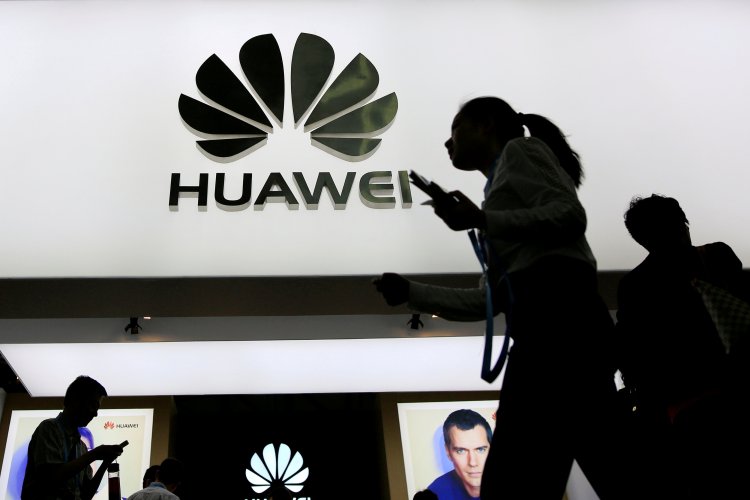Despite an increase in iPhone sales during the most recent quarter, Apple could be in danger of being passed by China’s Huawei.
In a report today from Canalys, the firm noted that Samsung remains the world’s largest seller of smartphones for the three months ending June 30. Samsung sold 79 million units, a slight increase from the same period a year ago.
Apple, of course, reported yesterday that iPhones sales in the quarter increased by 2 percent from the previous year to reach 41 million.
Huawei remains in third, having sold 38 million smartphones in the quarter. However, that was a 20 percent increase for the company.
June 5th: The AI Audit in NYC
Join us next week in NYC to engage with top executive leaders, delving into strategies for auditing AI models to ensure fairness, optimal performance, and ethical compliance across diverse organizations. Secure your attendance for this exclusive invite-only event.
“Worldwide shipments of 38 million units, growth of 20 percent for Huawei, helped it close the gap with the leading pair and get within 3 million units of taking the second place from Apple,” says the Canalys report.
Also moving up quickly: Oppo and Xiaomi, in the fourth and fifth spot, increased smartphone sales by 44 percent and 52 percent, respectively.
This current quarter represents a likely lull. Apple is expected to unveil new iPhones in September, but they typically only go on sale at the tail end of the quarter and don’t have a huge impact on the numbers. It’s the holiday quarter where Apple will likely look to widen that gap with Huawei and try to regain a solid lead.
It will be interesting to see if Huawei can take advantage of that strategy to move even closer to Apple this quarter.
Also, as Apple noted yesterday, it is continuing to struggle in China, where sales fell for a sixth straight quarter. The company said it remains optimistic about the market, but at the moment the region’s homegrown brands are making life difficult.

